Tantallon Castle: Scotland’s Last Great Curtain Fortress
Perched dramatically on a cliff edge overlooking the North Sea, Tantallon Castle near North Berwick, East Lothian, is one of Scotland’s most awe-inspiring medieval ruins. With its formidable red sandstone curtain wall and panoramic views of Bass Rock, this coastal stronghold tells a story of power, siege, and resilience. Once the seat of one of Scotland’s most influential noble families, Tantallon is a monument to the turbulent centuries that shaped the nation.
🏰 A Fortress of Ambition: The Douglas Legacy
Tantallon Castle was built in the mid-14th century by William Douglas, 1st Earl of Douglas, a powerful nobleman whose family would become central to Scottish politics. The castle was designed as a curtain wall fortress, a rare and bold architectural choice in Scotland. Rather than enclosing the entire site with walls, Tantallon features a massive stone wall facing inland, with the sea cliffs providing natural defense on the other three sides.
This design made Tantallon both imposing and practical—a symbol of the Douglas family’s dominance and a strategic stronghold against rivals. Over time, the castle became the seat of the Red Douglases, a branch of the family that held the title Earls of Angus.
⚔️ Siege and Strife: A Castle Under Fire
Tantallon’s history is marked by conflict. Its strategic location and association with rebellious nobles made it a frequent target of royal wrath.
- In 1491, King James IV besieged the castle during a campaign to suppress the rebellious Douglases. Though the siege was unsuccessful, it marked the beginning of a long pattern of royal confrontations.
- In 1528, King James V launched a more determined attack against Archibald Douglas, 6th Earl of Angus, who had held the young king in virtual captivity. This siege inflicted serious damage, but the castle held firm.
- The final and most devastating siege occurred in 1651, during Oliver Cromwell’s invasion of Scotland. English forces bombarded Tantallon with artillery, leaving it in ruins. It was never rebuilt or reoccupied as a residence.
These sieges reflect the castle’s role not just as a home, but as a political statement—a place where loyalty to the Crown was often tested.
🧱 Architecture and Features
Tantallon’s most striking feature is its curtain wall, which stretches nearly 50 meters and rises to over 12 meters high. Behind this wall lie remnants of towers, residential quarters, and defensive structures.
Key highlights include:
- The Douglas Tower: A multi-story tower that housed the lord’s private chambers and offered commanding views of the surrounding landscape.
- The Great Hall: Once the heart of social and political life, where feasts, councils, and ceremonies took place.
- The Dovecot: A large stone structure used to house pigeons, a valuable source of food and communication.
- Gun loops and arrow slits: Evidence of the castle’s evolving defenses as warfare changed over the centuries.
Visitors today can explore these ruins and climb to vantage points that offer breathtaking views of the Firth of Forth, Bass Rock, and the East Lothian coastline.
🌊 Connection to North Berwick and Surrounding Communities
Tantallon Castle played a vital role in the development of North Berwick and nearby villages. As a seat of power, it influenced trade, agriculture, and security in the region.
- North Berwick: A coastal town with medieval roots, North Berwick benefited from the castle’s protection and patronage. Its harbor was used for fishing and trade, and the town grew as a center of commerce and pilgrimage.
- Dirleton: Another village with its own castle, Dirleton was part of the network of noble estates in East Lothian. The proximity of these fortresses reflects the density of power in the region.
- Whitekirk and Tyninghame: These nearby parishes were influenced by the Douglas family’s landholdings and religious patronage. Whitekirk, in particular, was a site of pilgrimage and ecclesiastical importance.
The castle also shaped the landscape—its need for timber, stone, and labor drew resources from surrounding farms and forests, embedding it deeply into the local economy.
🕰️ Tantallon Today: Ruins with Resonance
Now managed by Historic Environment Scotland, Tantallon Castle is open to the public and remains one of the most evocative ruins in the country. Its dramatic setting and storied past make it a favorite for photographers, historians, and travelers seeking a deeper connection to Scotland’s medieval heritage.
Interpretive panels and guided tours help visitors understand the castle’s architecture, its role in Scottish politics, and the lives of those who lived and fought within its walls. Seasonal events and educational programs bring the site to life, ensuring that Tantallon’s legacy continues to inspire.
Final Thoughts
Tantallon Castle is more than a ruin—it’s a symbol of ambition, defiance, and endurance. From the rise of the Douglas dynasty to the thunder of Cromwell’s cannons, its walls have witnessed the full sweep of Scottish history. And though its halls are silent now, the wind that whistles through its towers still carries the echoes of a time when power was built in stone and defended with steel.
Whether you’re standing atop its battlements or gazing at it from the shores of North Berwick, Tantallon invites you to imagine the past—and to feel the pulse of Scotland’s enduring spirit.
Sources:
- Historic Environment Scotland: Tantallon Castle
- Undiscovered Scotland: Tantallon Castle
- National Records of Scotland: Douglas Family Archives
- East Lothian Council Heritage Services
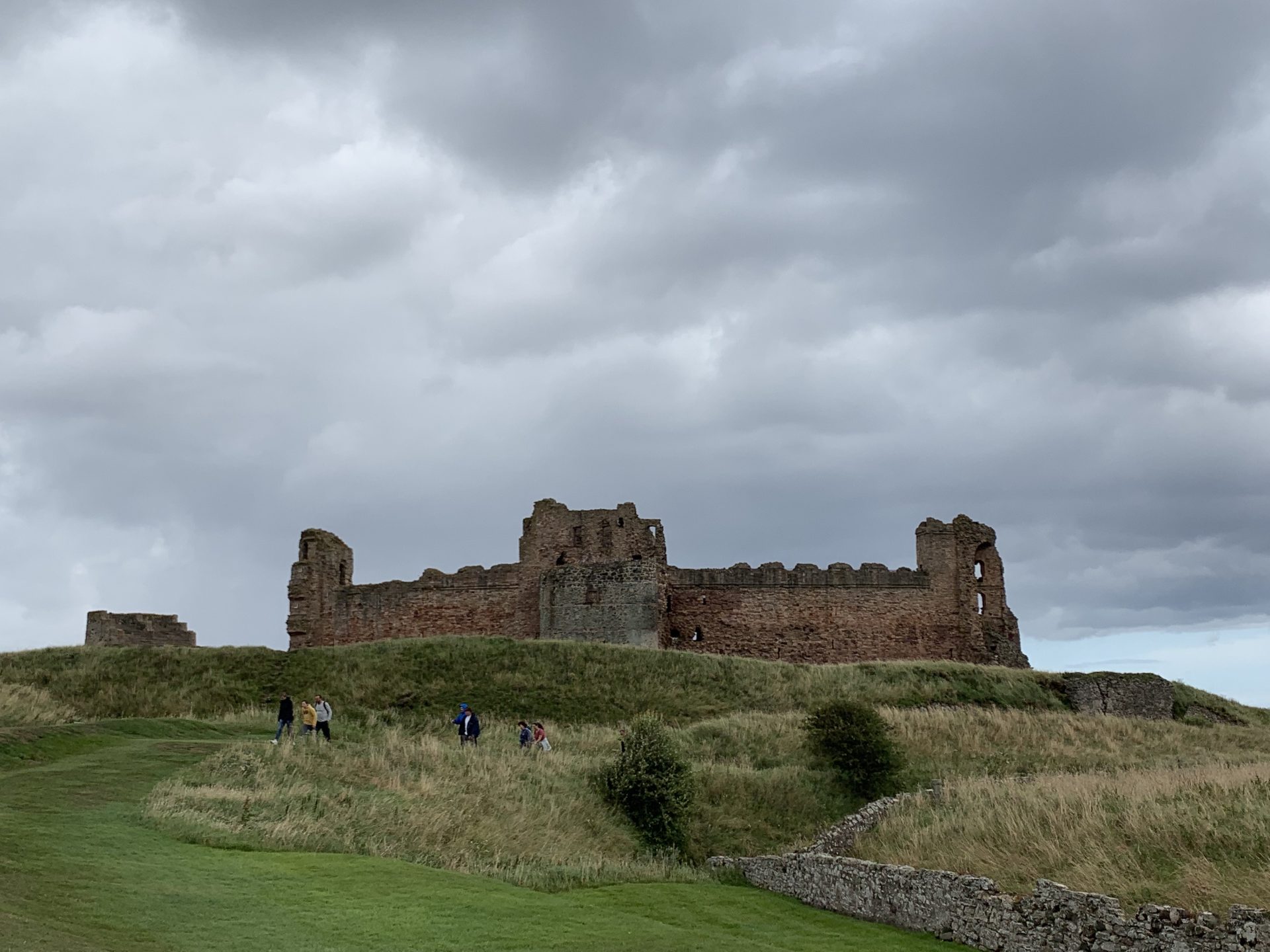
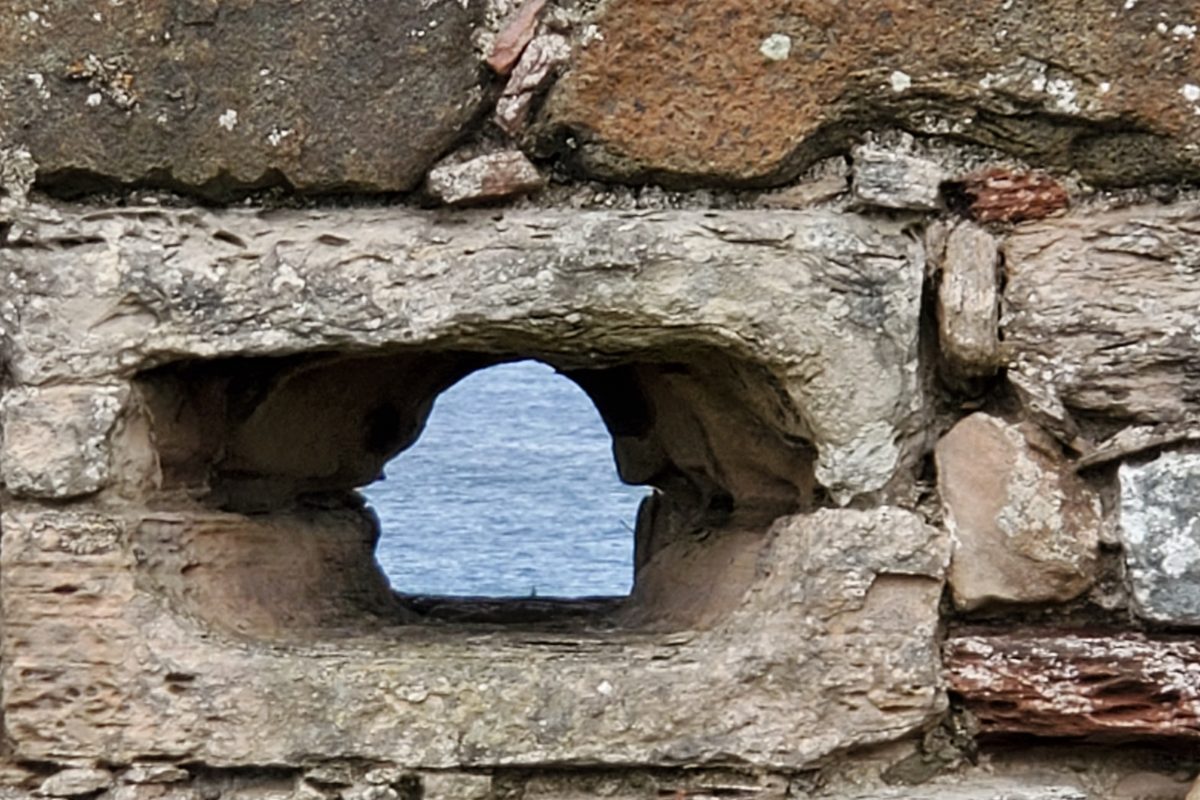
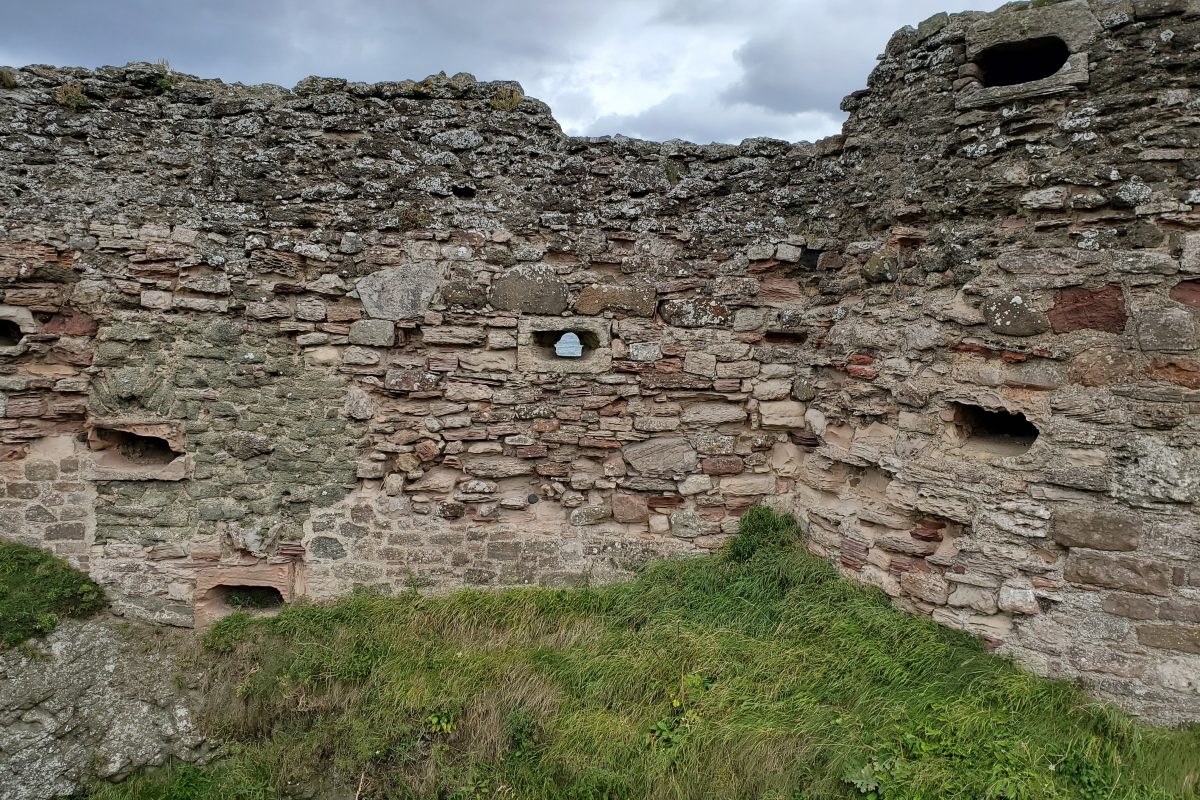
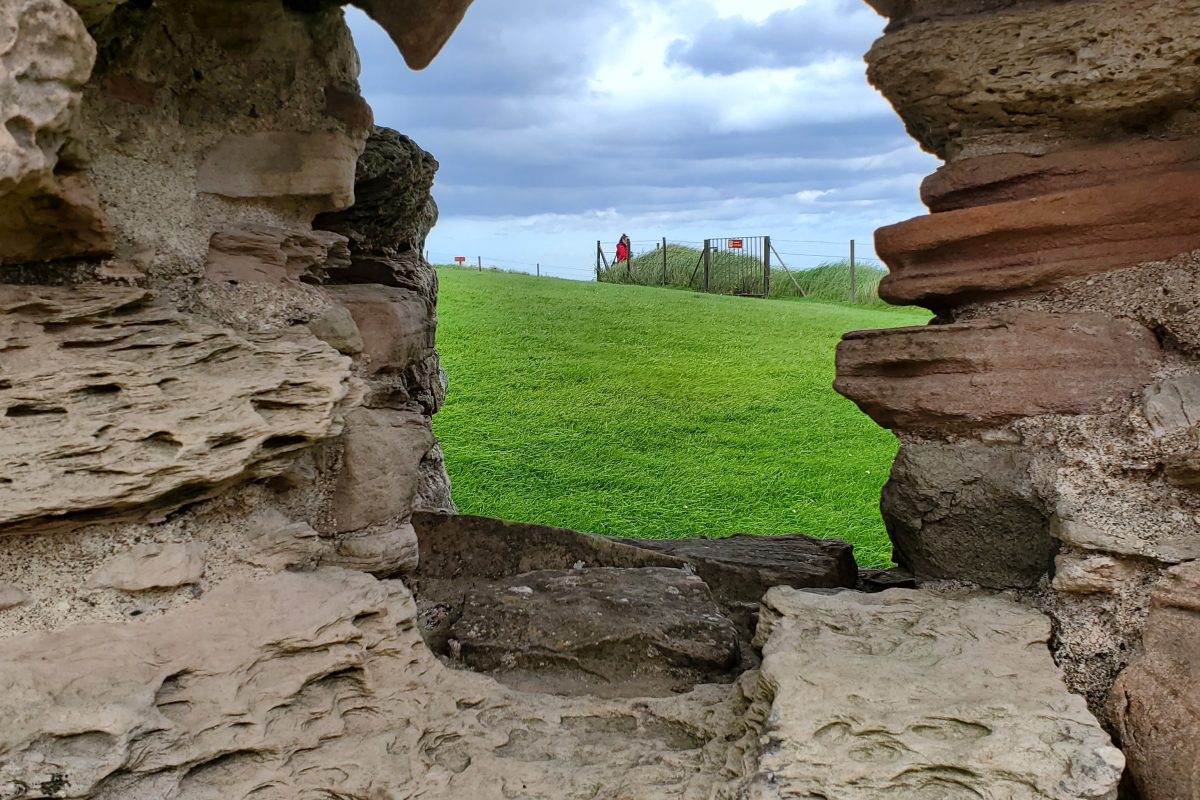
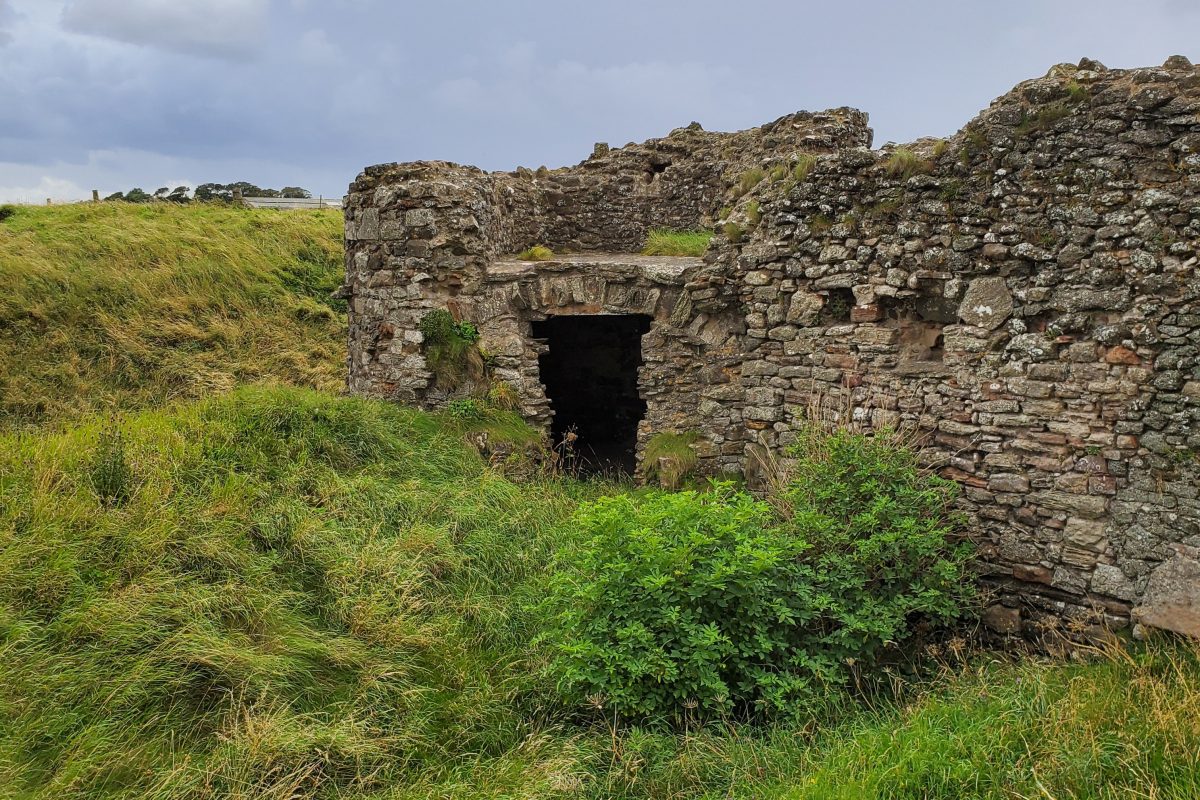
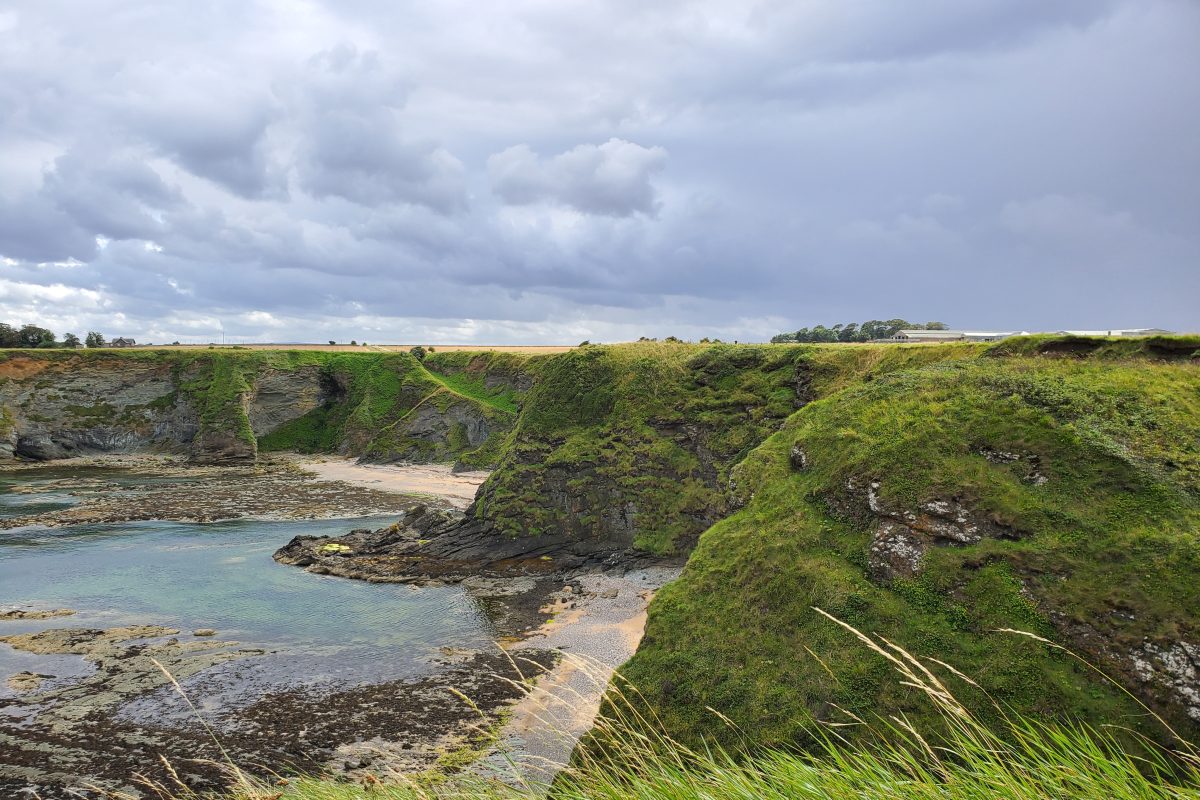
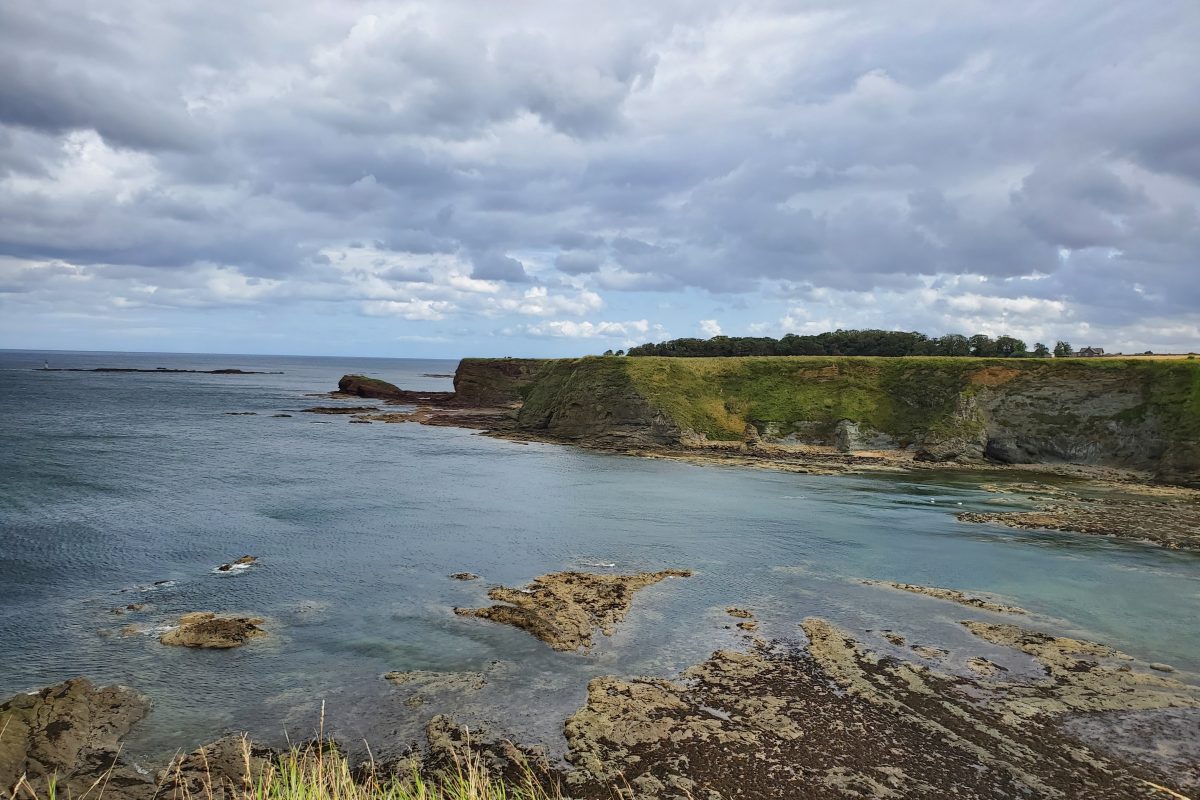
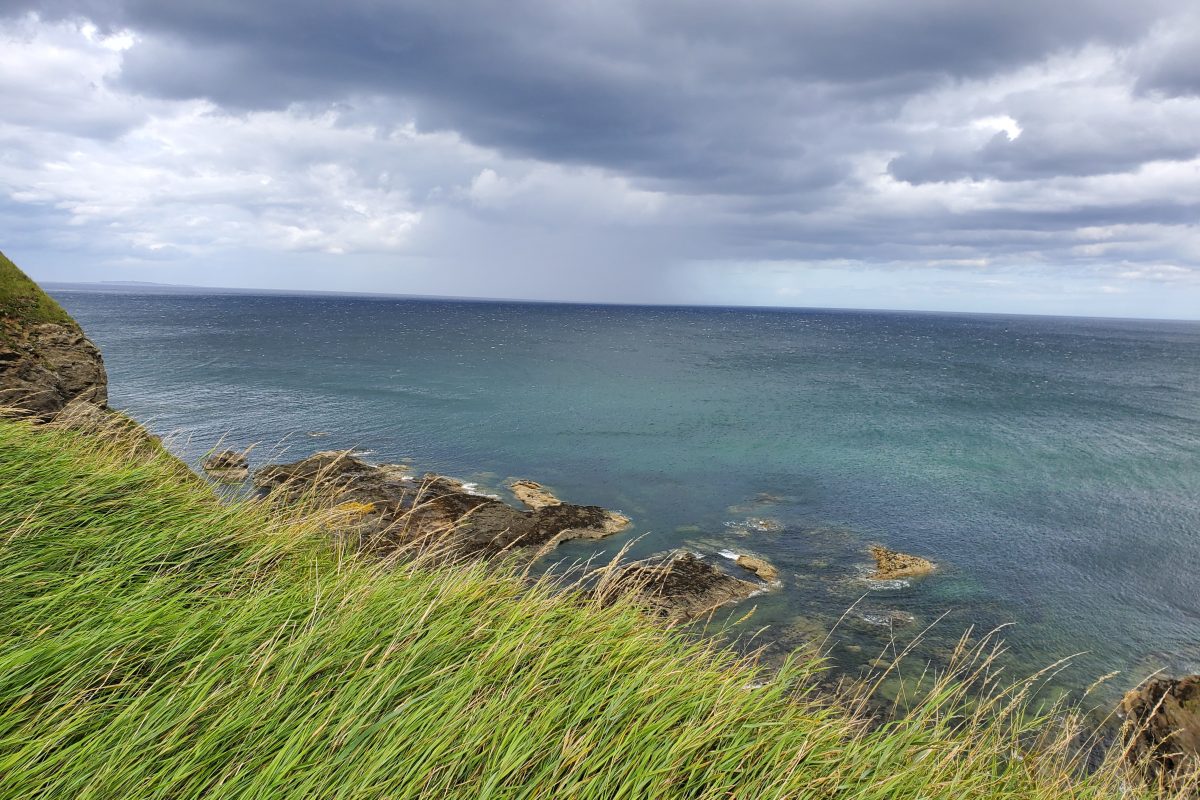
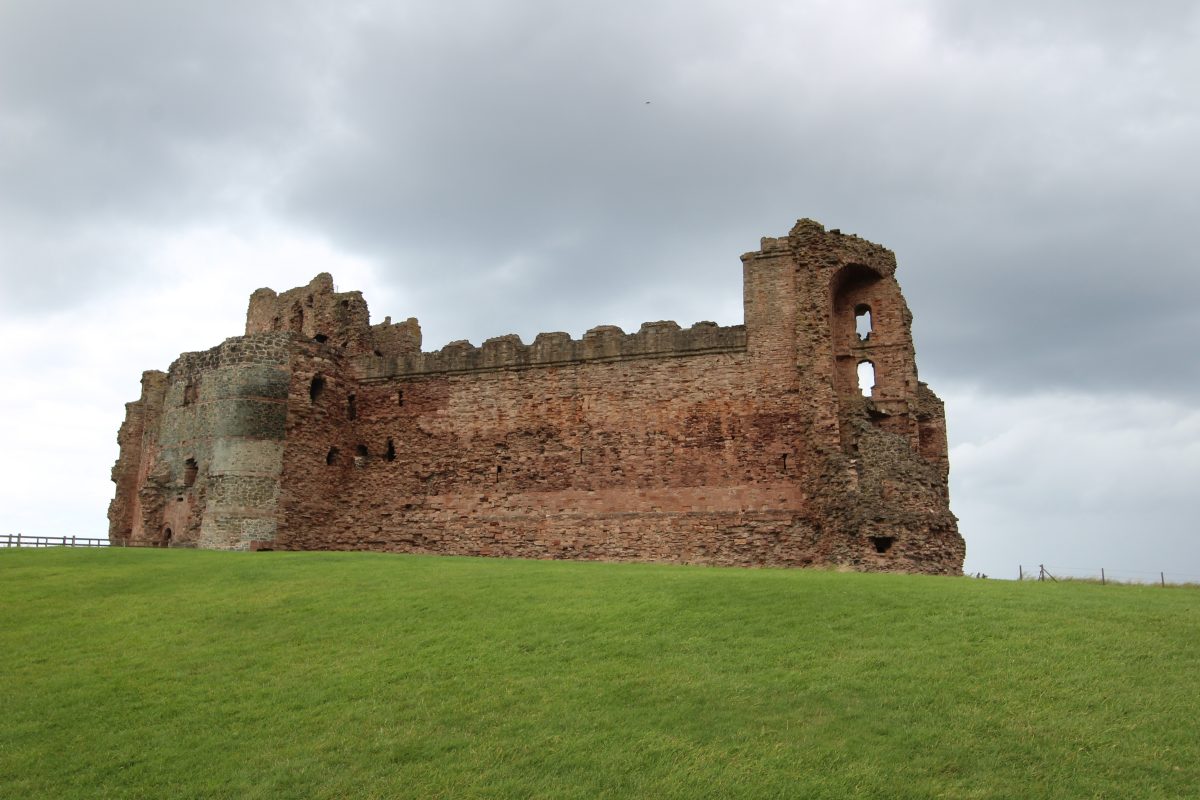
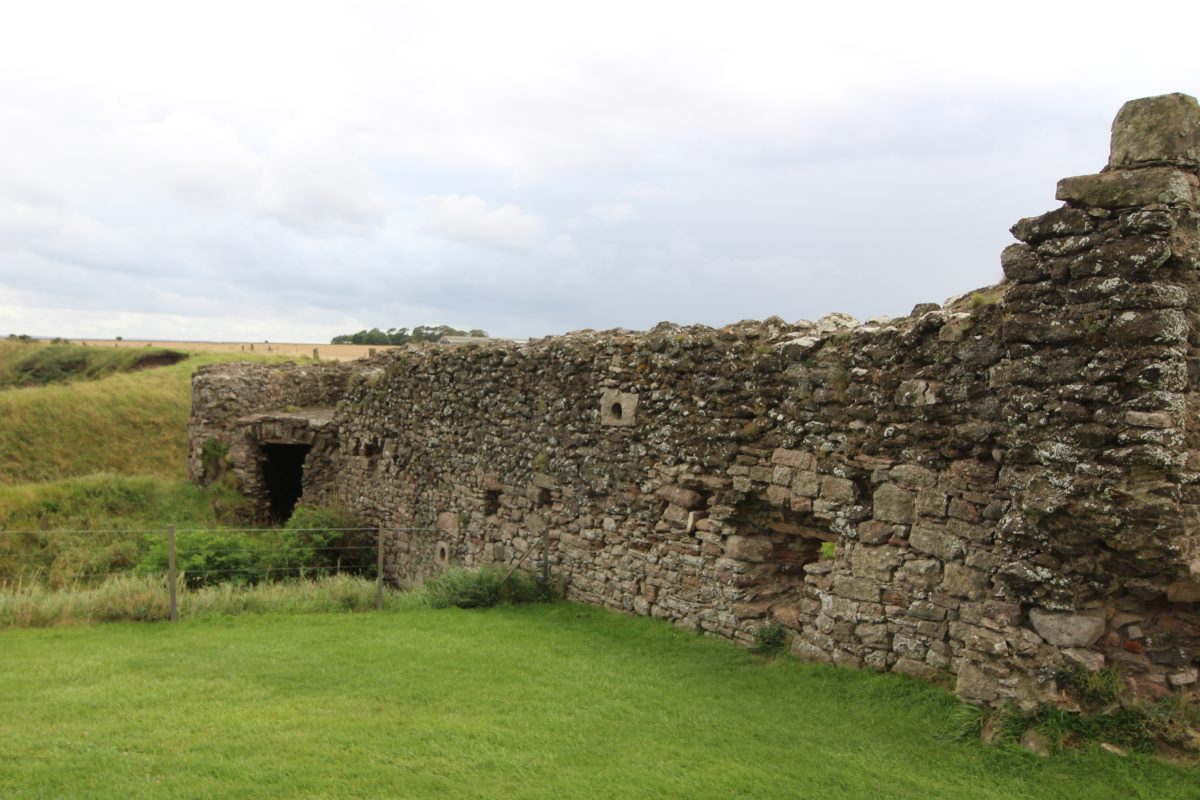
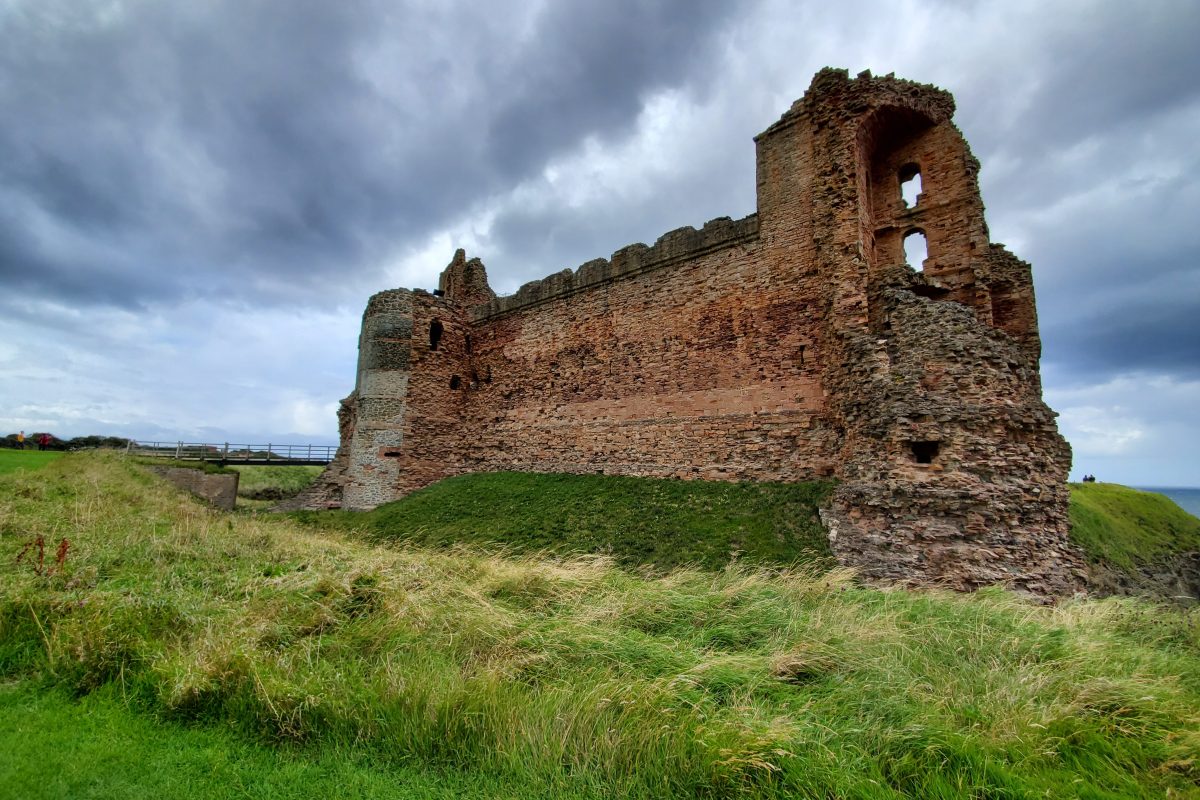
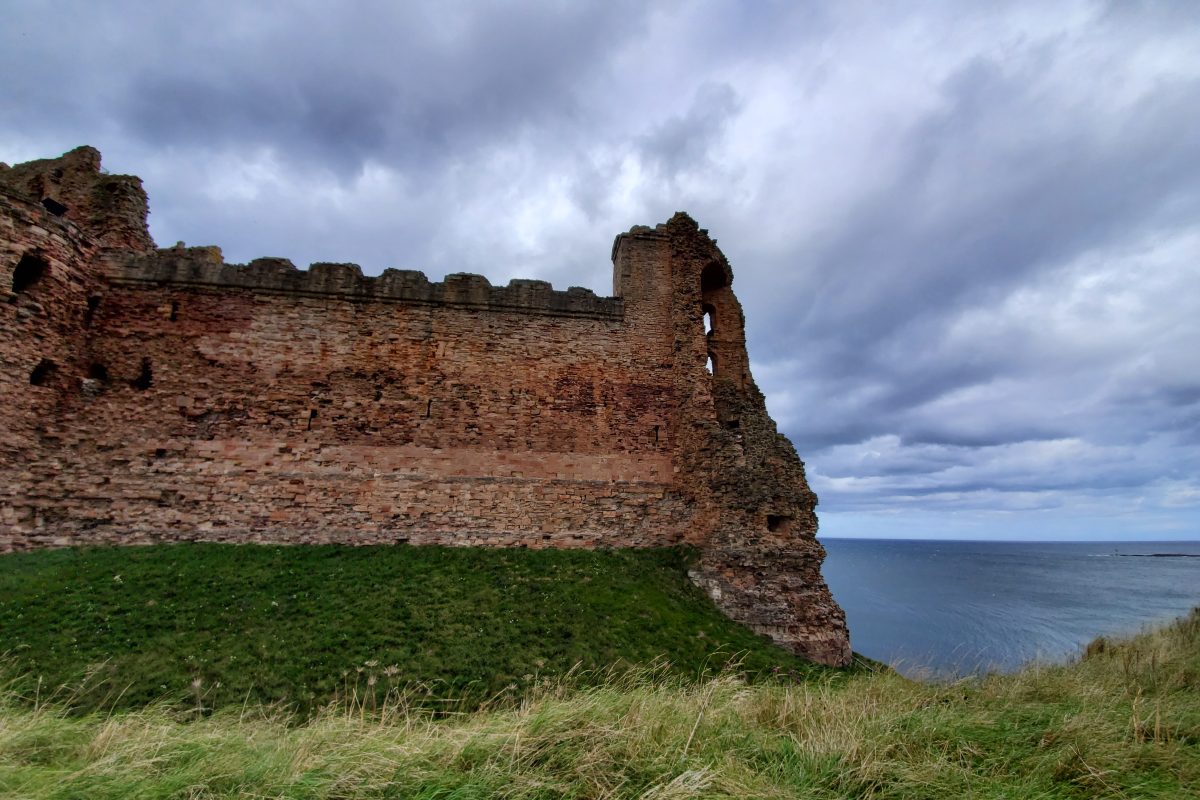
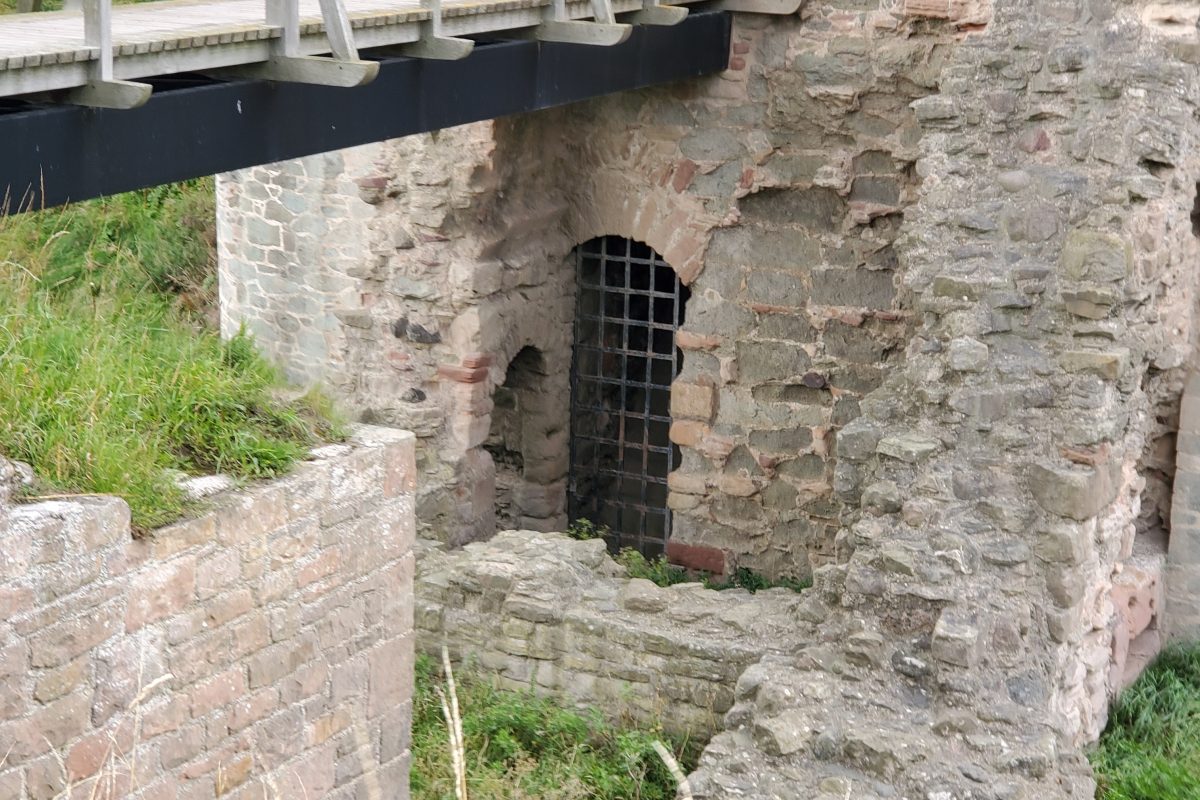
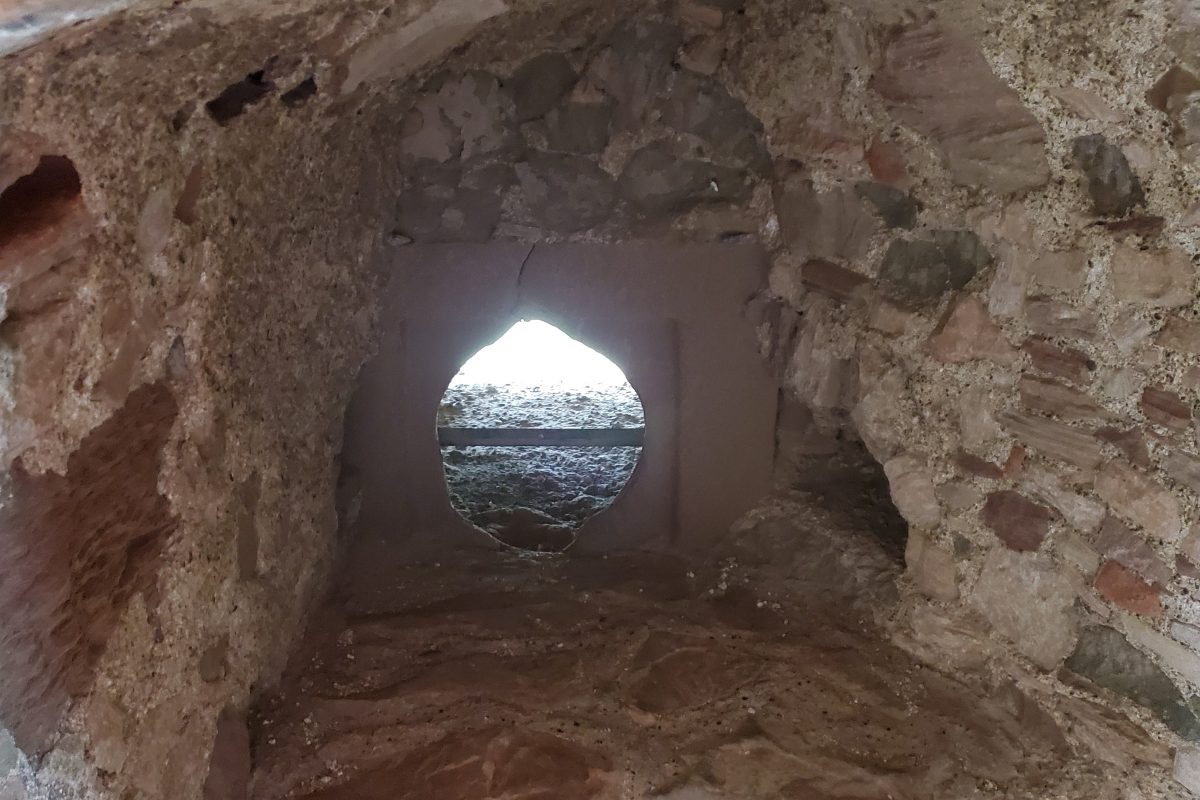
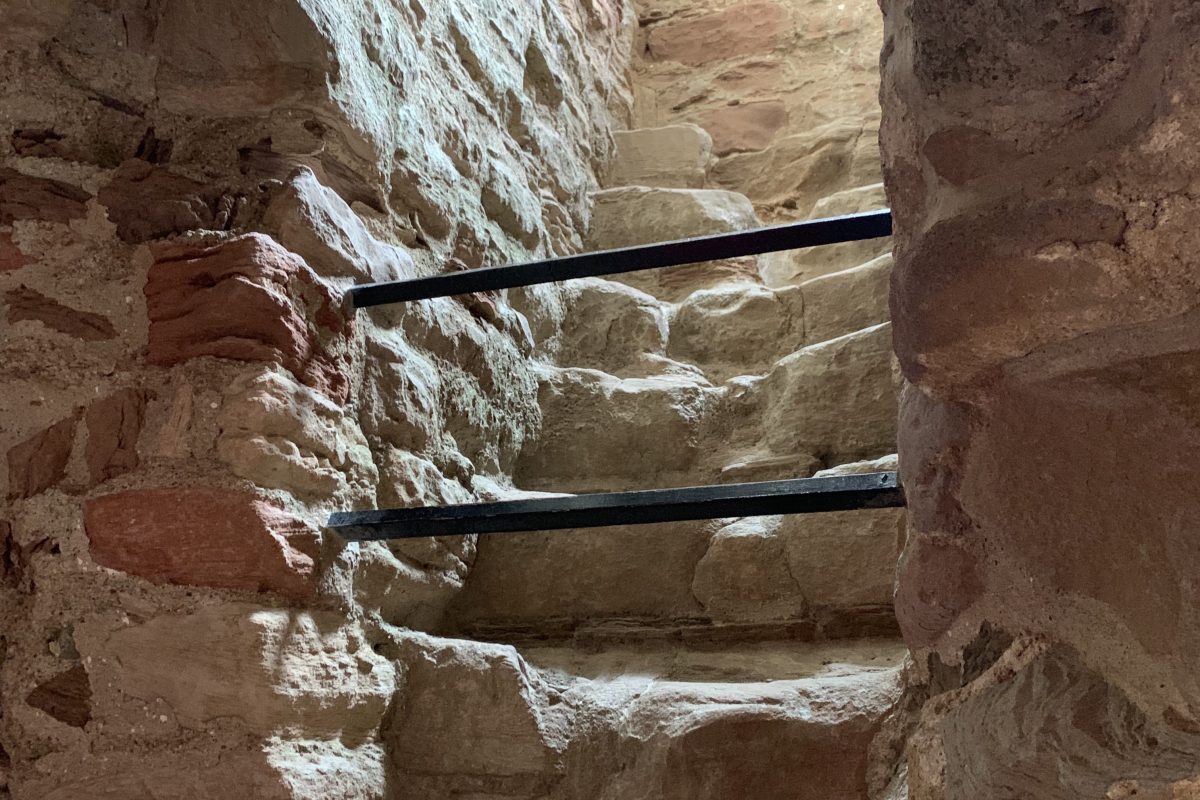
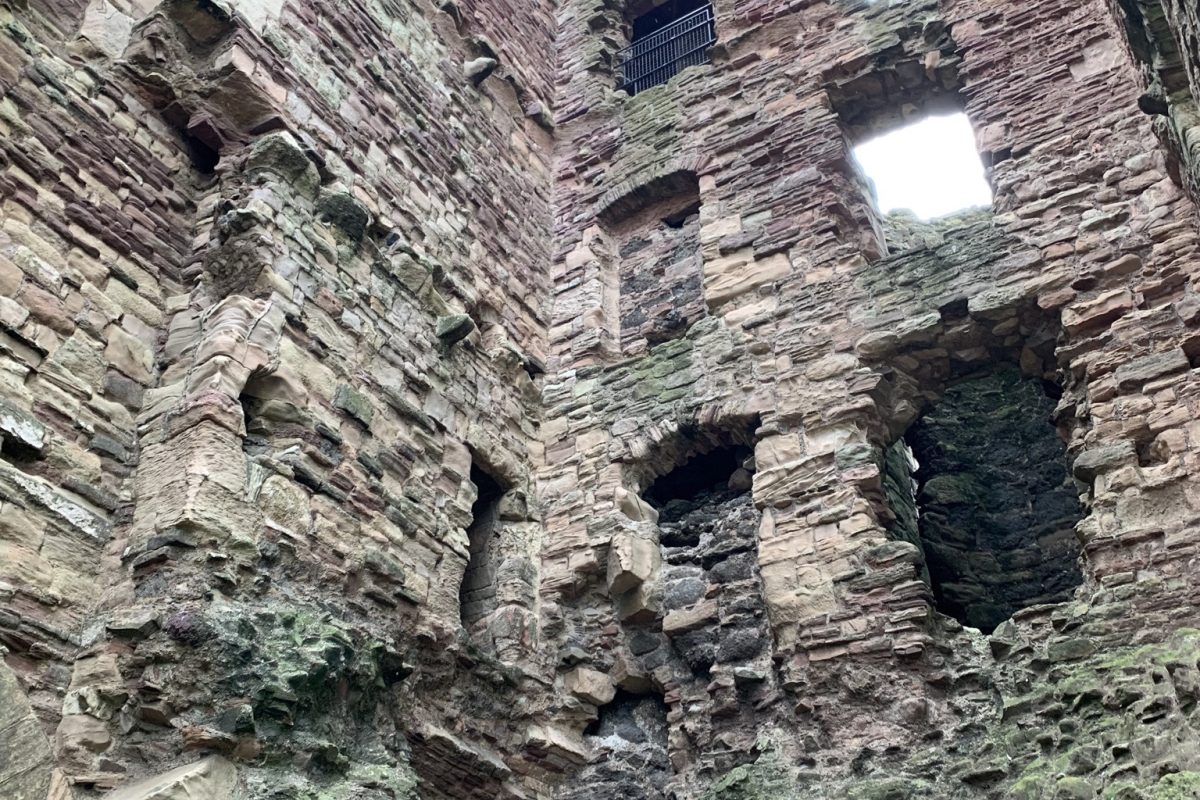
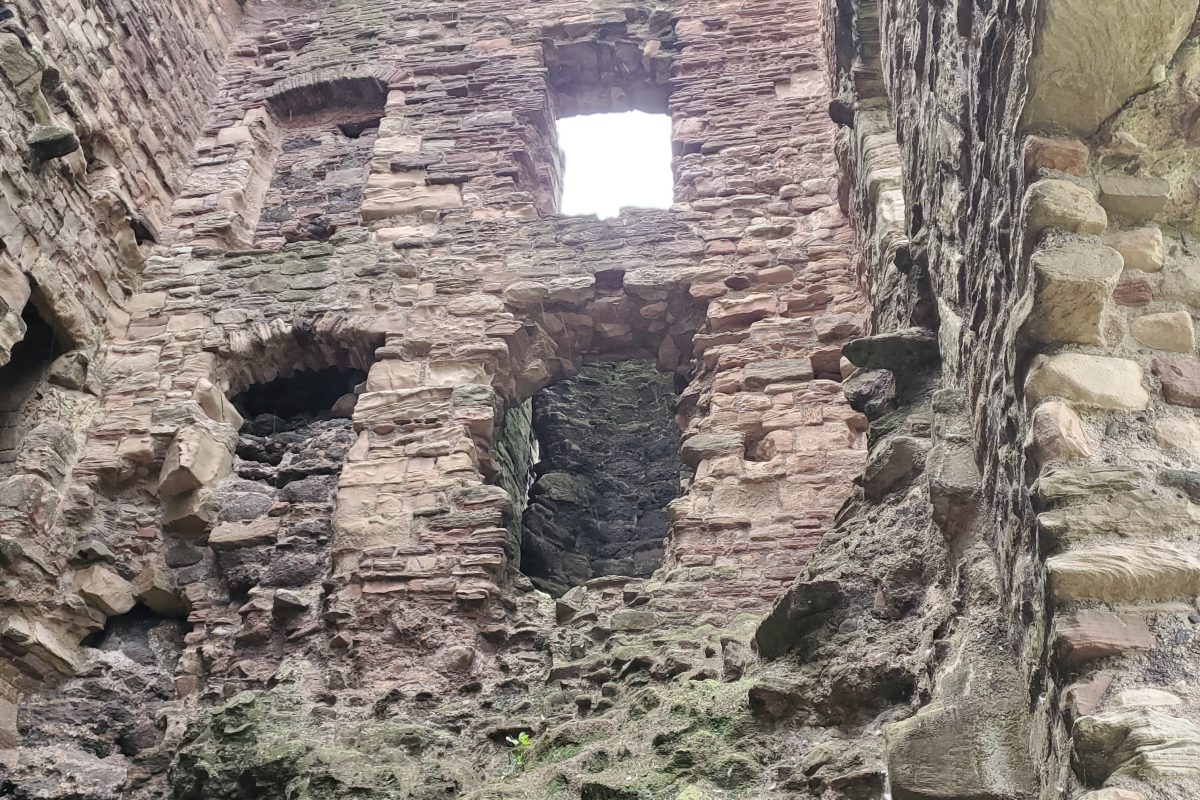
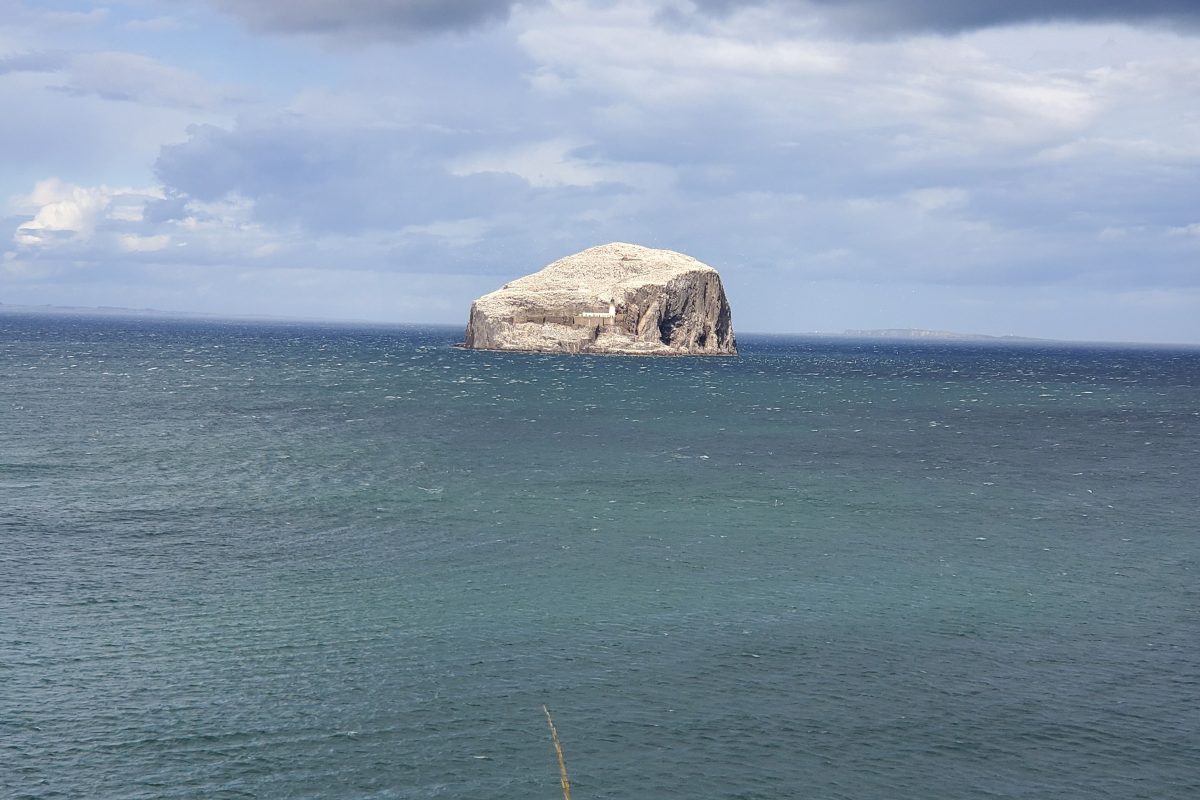
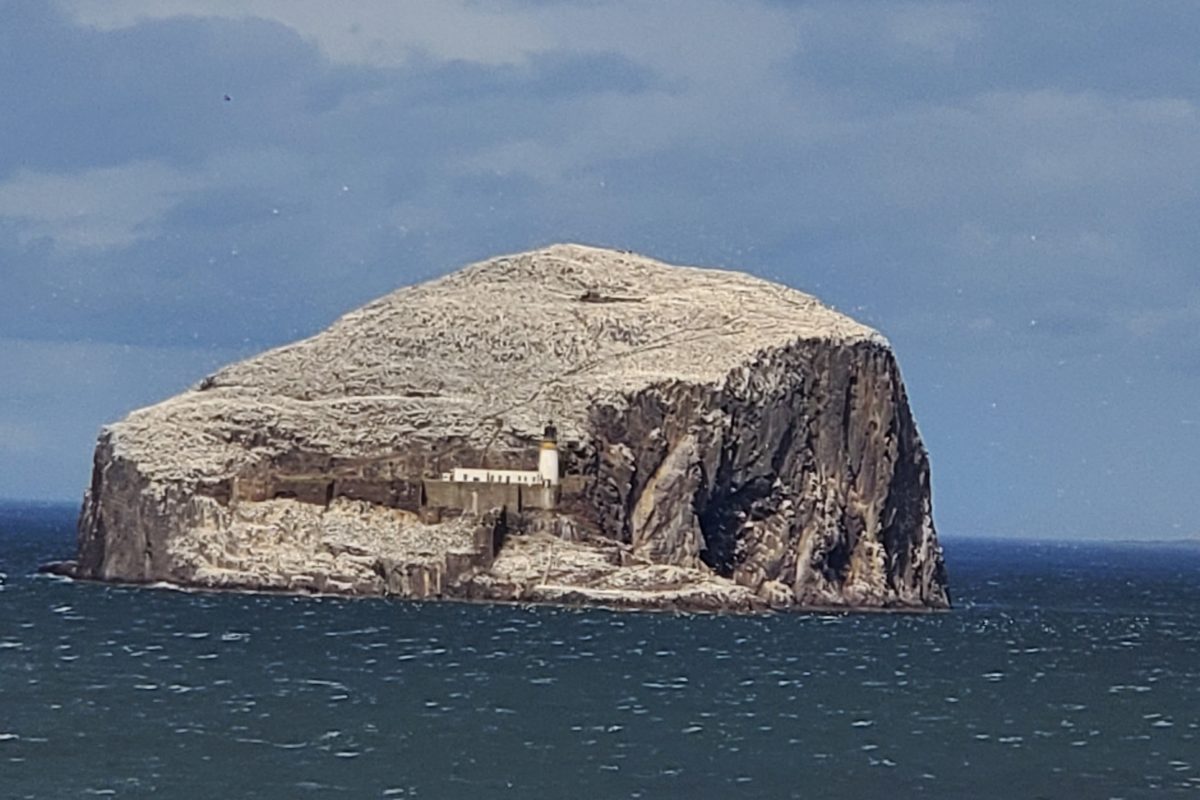
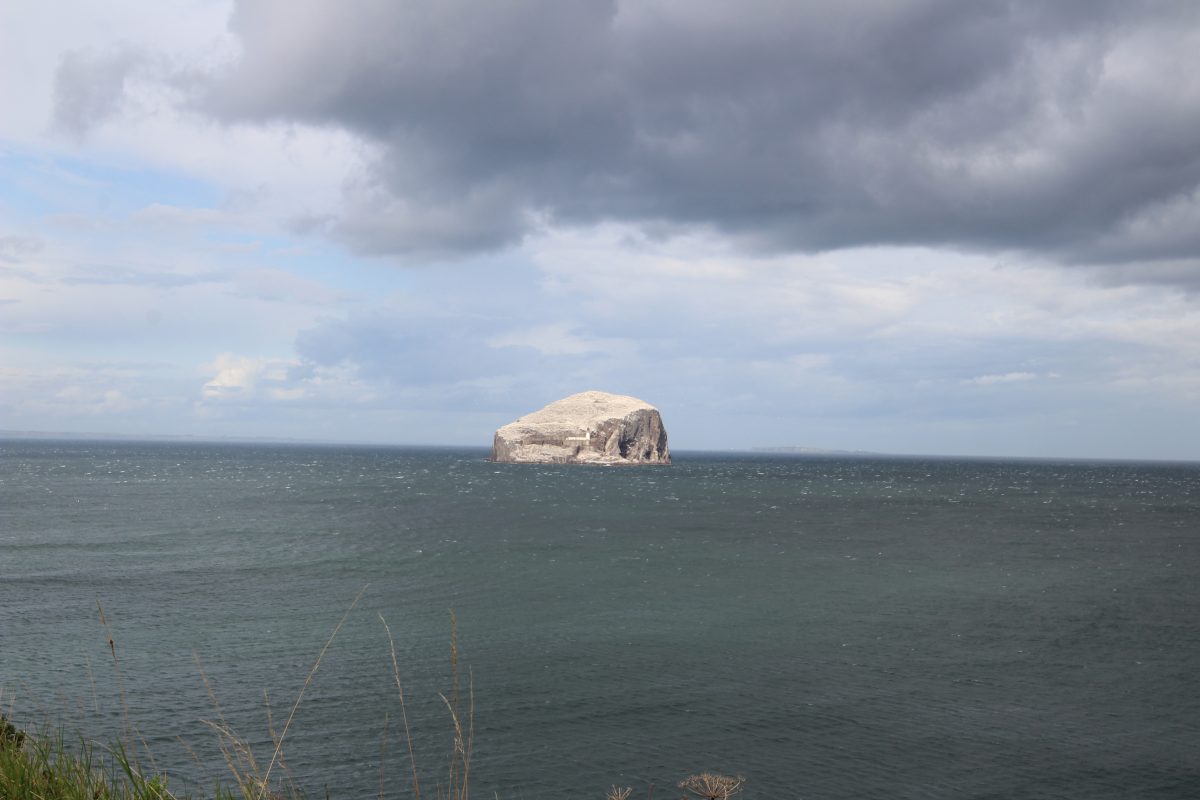
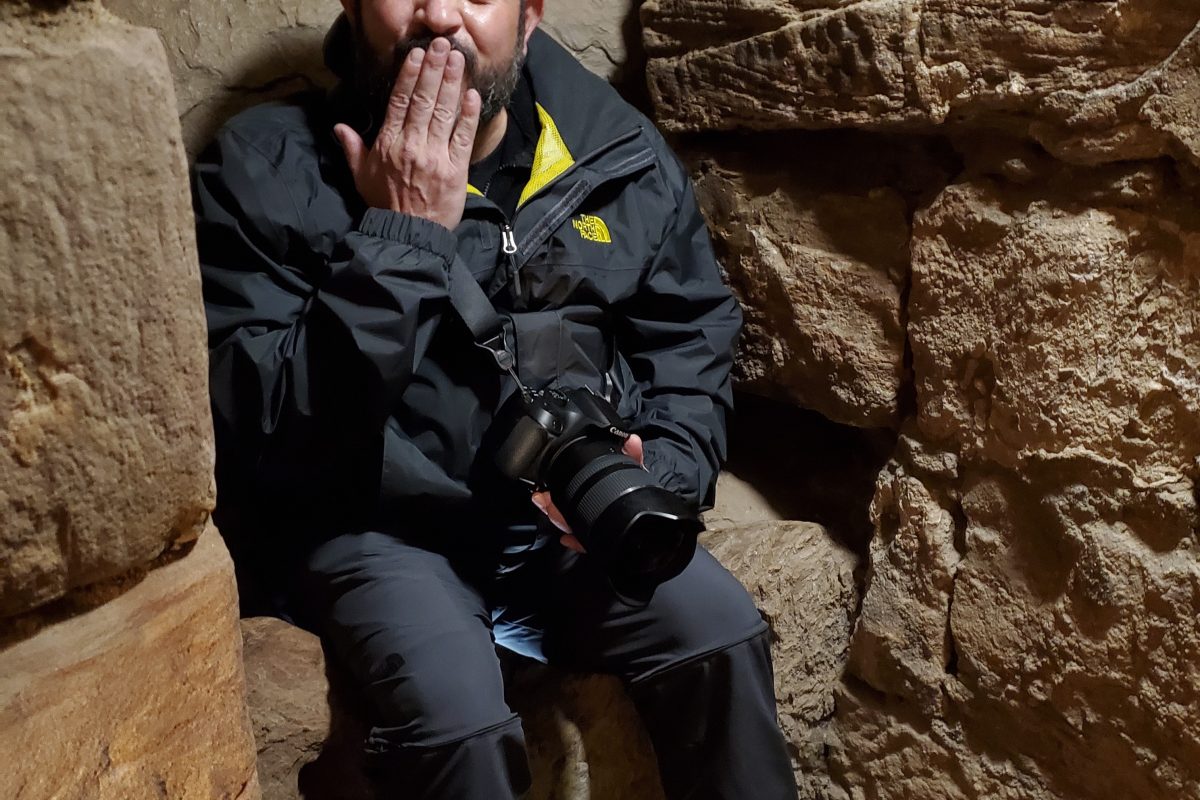
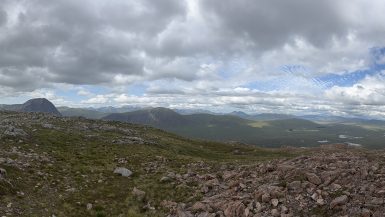


Leave a reply
You must be logged in to post a comment.